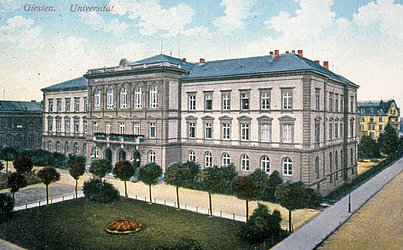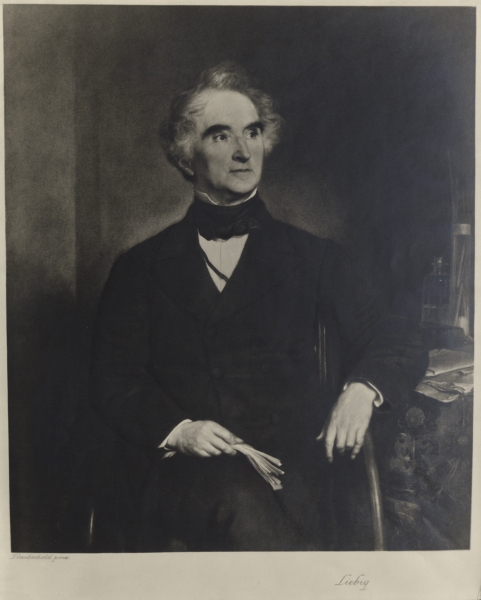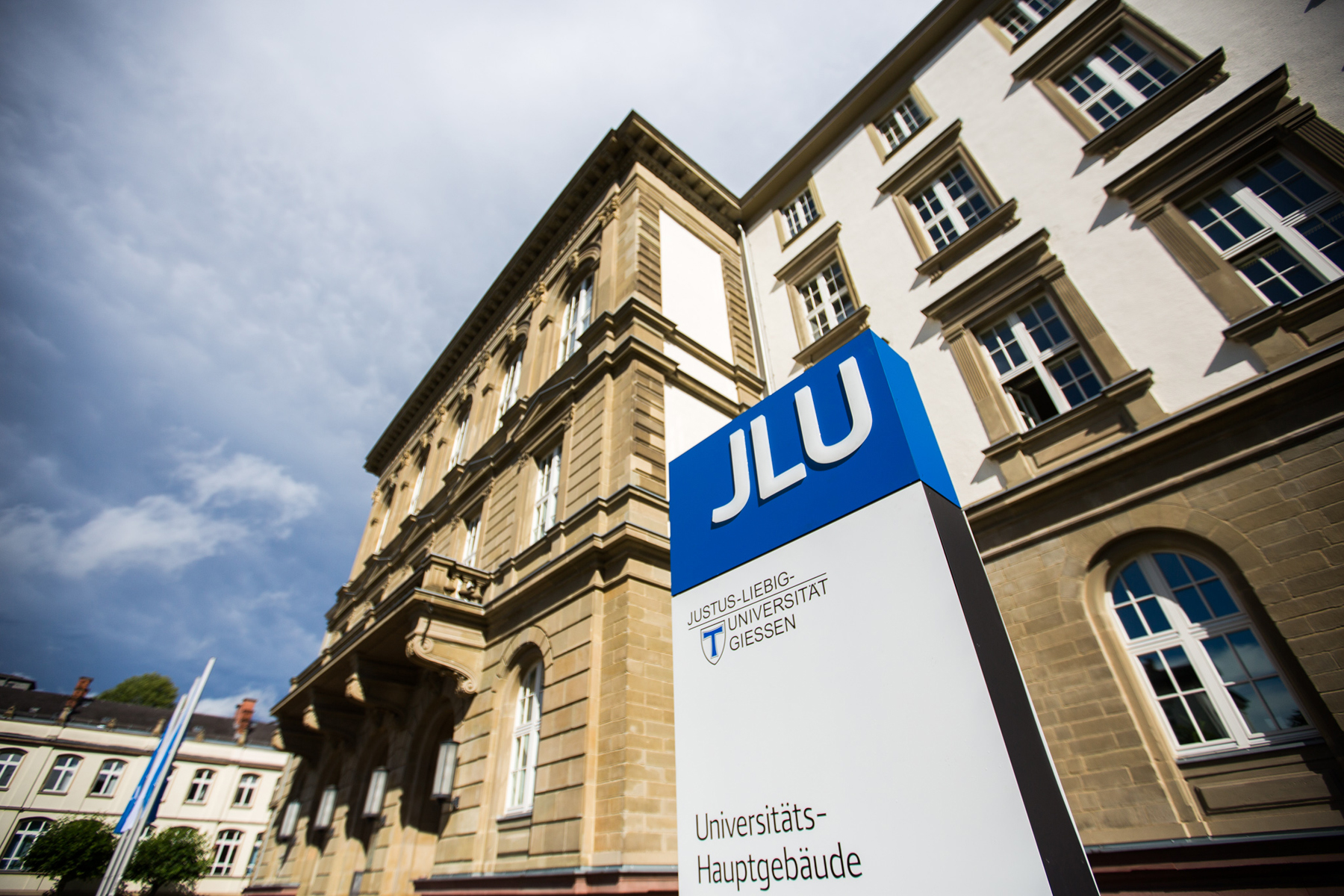Explore JLU
About
JLU is one of Germany’s top research universities featuring an extraordinarily broad range of subjects. Both rich in tradition and highly innovative, JLU is host to a number of projects which are beacons of German research. What is more, its unique range of subjects and its high-profile international cooperation programmes in the areas of research, teaching and study ensure JLU’s competitiveness at both national and international level. The university is dedicated to excellent research and teaching with a distinct profile in cultural studies and the life sciences. In keeping with Justus von Liebig’s principle of “research training through research”, JLU is highly committed to excellent interdisciplinary postgraduate education in all disciplines.
History

Justus Liebig University Giessen has a varied history. In the course of more than 400 years since its founding in 1607, the university in Giessen has grown from a small state university to a full-scale university with a broad range of study programmes and various fields of excellence.
First known as „Ludoviciana“ or „Ludwigs-Universität“, the university looks back at a turbulent history. From its foundation due to religious and philosophical differences in Marburg, the university in Giessen started out as a small protestant institution with four typical faculties for that time: Theology, Jurisprudence, Medicine, and Philosophy. By the end of the 18th century the faculty of Political Economy was established, laying the groundwork for a broader range of disciplines. During the 19th century the university was the breeding ground for several major scientific discoveries. Among the scientists were Justus Liebig and Wilhelm Conrad Röntgen.
After the first world war the political and inflationary economic situation of the Weimar Republic hit the socially weak first and hardest (in Giessen these were the students), causing widespread radicalism. After 1931, there was a National Socialist majority in the students’ association. The behaviour of the Ludoviciana during the age of National Socialism was average for the times – meaning: depressing and shameful. Nazi ideology was implemented and opposition not tolerated. After the second world war the university took up operations again in 1946 – now under the name of „Justus-Liebig-Universität Gießen“. Only in 1957 was the University’s charter restored by the American occupation, and it was also at this time that an extensive construction programme for new buildings was launched. The university grew to become the second-largest in Hesse, in accordance with the new doctrine of university access for all social classes.
Who was Justus von Liebig?
Justus Liebig was born in Darmstadt in 1803. After studying chemistry in Bonn, Erlangen and Paris, Justus Liebig became professor of chemistry at Giessen University in 1824, on the recommendation of Alexander von Humboldt. One of his main fields of research was organic chemistry – an extremely difficult and scarcely explored area at the time. Liebig was able to greatly improve the analysis of elements by introducing two methodological novelties – the separation of nitrate from carbon/hydrogen analysis, and the introduction of the ‘kali apparatus’. From the late 1830s onwards, Liebig shifted his research focus to physiological chemistry – the research of plant and animal metabolism. The foundations of Liebig’s scientific success lay in the research and analysis conducted in his Giessen chemistry laboratory.
Liebig’s pragmatic style of teaching, in which research and teaching went hand in hand, soon became the model for the university teaching of the natural sciences worldwide.

